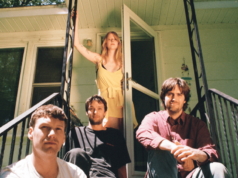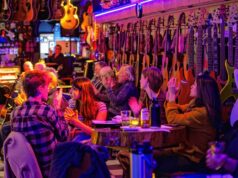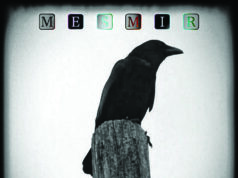
2020 has given us a lot: a new Beyoncé visual album, Tiger King, an unprecedented and woefully mishandled global pandemic. It’s also given us #bardcore, a recent viral music trend which reimagines pop songs in “medieval” style.
There are medieval covers of too many songs to count: Shakira’s “Hips Don’t Lie,” Dolly Parton’s “Jolene,” Evanescence’s “Bring Me To Life,” each cover transforming the songs into Renaissance faire-ready hits through the sounds of lutes, recorders, and percussive bells. Uploaded by artists with names like “Hildegard von Blingin’,” the covers rack up millions of views.
“There’s something absurdly comforting about a version of a song you know and love, re-imagined in a time more harrowing, disease-ridden and calamitous than our own,” Elmira Tanatarova wrote in a piece on the trend for i-D. And even though the artists making these songs aren’t aiming for authenticity, Tanatarova reports, I still wanted to know how authentic they actually are to what medieval music sounded like.
“I think that the bardcore songs are aiming themselves at popular songs, or what we imagine about popular songs, from maybe the 12th through the 14th century,” says Carol Wood, a former professor of medieval literature at McNeese State University and a composer. And while bardcore songs might evoke medieval music with certain instruments (like recorders and lutes) or through subject matter (like how a cover of Lady Gaga’s “Bad Romance” is reminiscent of medieval love poetry), there’s one big hurdle to understanding just how much bardcore sounds like medieval music: we don’t really know what popular medieval instrumental music sounded like.
For popular medieval music made outside of the church, the only written tradition is vocal tradition. “You have the melodies and you have the texts, and they’re gorgeous melodies,” says Margot Fassler, professor of music history and liturgy at the University of Notre Dame. “A musician can listen to a melody and you don’t have anything but your imagination and your knowledge of the practice to put together a whole new piece. It’s different [than] if you’re going to do that with Mozart [because] you’ve got a living tradition…you’ve got all the music all written down.”
G/O Media may get a commission
But scholars and musicians don’t have that with the Middle Ages, where music was often improvised or passed down by ear. “You can see a lot of pictures of medieval instruments, you know what they look like and you know that they exist,” Fassler says. “But you don’t have real copies of them, and you certainly don’t have music written down for them.”
“It’s a miracle that we even have some of the melodies surviving from that period, because other than church musicians, the popular musicians were mostly illiterate,” Wood says.
Sure, bardcore’s usage of modern melodies may not align with what scholars know about medieval melodies (written in an entirely different mode) and the insertion of faux-medieval phrases like taking out all the “you”s and using “thou” alongside contemporary lyrics may not be entirely accurate. But bardcore’s reinvention of medieval music isn’t all that different from what’s framed as historically accurate medieval music today.
“Every time that you hear something like what we’re hearing with bardcore, you realize that it’s an invention,” Fassler says. “And even when medieval musicians do it it’s an invention because it was all improvised in a style that died out. It’s an incredible invitation to the imagination.”
“The authenticity police are going to blow their whistles very loudly because it’s not authentic,” she says. “But they’re not pretending that it is, they’re just having fun with it.”
Source: gizmodo.com








